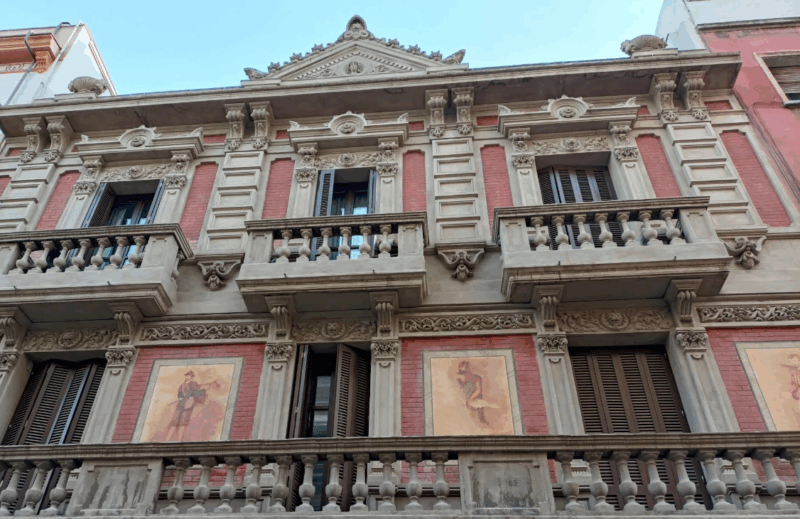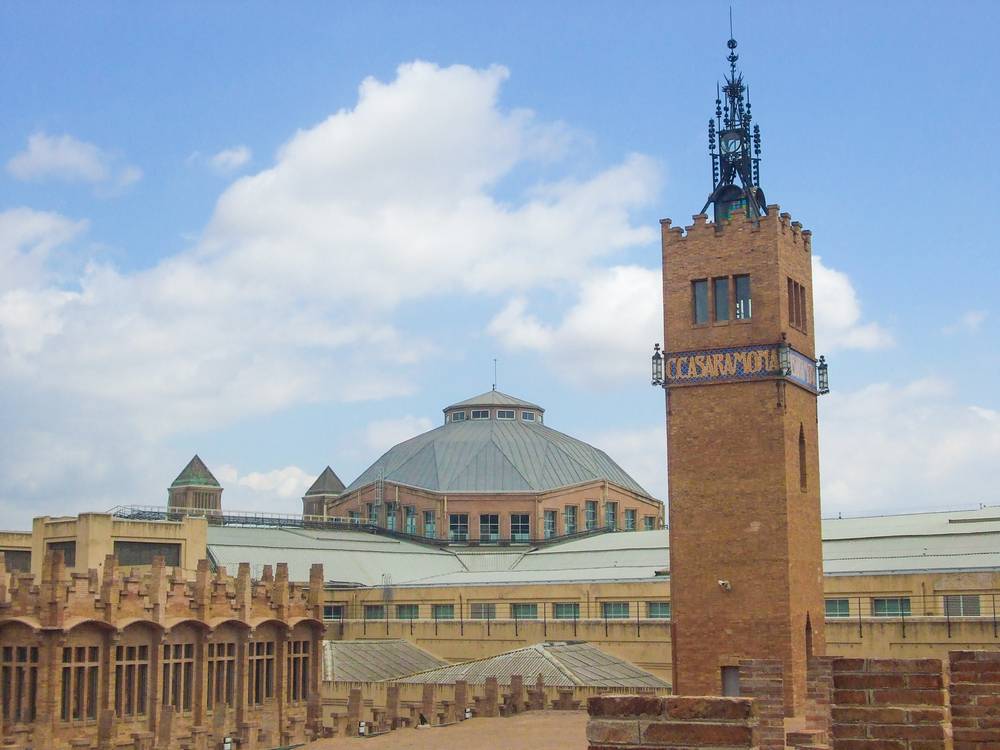In the vibrant neighborhood of Gràcia, Barcelona, among the narrow streets and bohemian air, stands a building that evokes mystery and folklore: the Casa del Dimoni. This curious property, located at number 20 Josep Torres Street, is not only a unique piece of architecture, but also houses one of the most fascinating legends of the city. But what is so special about this building and why is it known as the House of the Demon?

A building with its own personality
The Casa del Dimoni is an example of Barcelona’s eclectic architecture. With unusual details adorning its facade, the building stands out among others for its symbolism. Each door and window is ornamented with demon heads sculpted in stone, a direct nod to the myth it houses.
The magic of La Pedrera
Built by the architect Pons i Trabal between 1888 and 1910, the house is a Catalan heritage that treasures art and history. But beyond its design, what really catches the curious is the legend of Agustí Atzeries, the businessman behind its construction.
The legend of Agustí Atzeries
The story goes that in the 19th century, Agustí Atzeries, a successful businessman, wanted to turn his life around and embark on an ambitious renovation of his home. Work was going well until Atzeries suddenly found itself bankrupt. Some say he collapsed under a gypsy curse. Desperate, Atzeries opted for the folkloric and dark path of selling his soul to the devil in exchange for solvency.
Fate smiled on him and, in a twist worthy of a fantasy tale, he won the lottery. With newly acquired resources, Atzeries completed his dream, adorning the house with references to the Evil One as a symbol of gratitude. Since then, the Casa del Dimoni has earned its reputation and a place in the popular imagination of the city.
The cultural impact of the Casa del Dimoni
The history of the Casa del Dimoni does not end with its construction. It has inspired multiple artistic and cultural creations over the years. In 2016, “Atzeries” was born, a popular culture figure created for the Fiestas de Gràcia. This fire beast, made by the artist Dolors Sans, resembles the devil with a goat’s head, human body, wings and tail.
Atzeries is not only a symbol of Barcelona folklore, but also a key piece in festivities such as the correfoc, a typical event in the Catalan popular festivities. It also participates in the Festa Major de Gràcia, La Mercè and the bonfires of Sant Antoni de la Pobla.
The legacy of Gràcia and its evolution
The neighborhood of Gràcia, with its rich and diverse history, has undergone constant transformations since the 19th century. Originally independent, it was home to a thriving gypsy colony. However, as Barcelona grew, Gràcia became integrated into the city, but without losing its unique essence.
The urban planning was transformed under the hand of the architect Antoni Rovira i Trías, characterized by squares that brought fresh air to the streets. These squares are now brimming with life and are living testimonies of the various stages of the neighborhood.
However, Gràcia also faces contemporary challenges, such as gentrification. Renovations, while necessary, have increased prices and displaced original residents. The balance between maintaining cultural heritage and adapting to changing times remains a delicate issue.
Memories and stories persist in the heart of Gràcia.
The Casa del Dimoni, with its sculpted demons and the local legend attached to its walls, is more than a tourist attraction; it is a portrait of Barcelona’s past and its relationship with the popular imagination. Although time has erased certain marks, memories and stories persist in the heart of Gràcia.
The neighborhood, with its vibrant community and cultural richness, continues to attract locals and visitors alike. And although the demon heads continue to watch with their stony eyes, Gràcia looks to the future, never forgetting its legacy.



